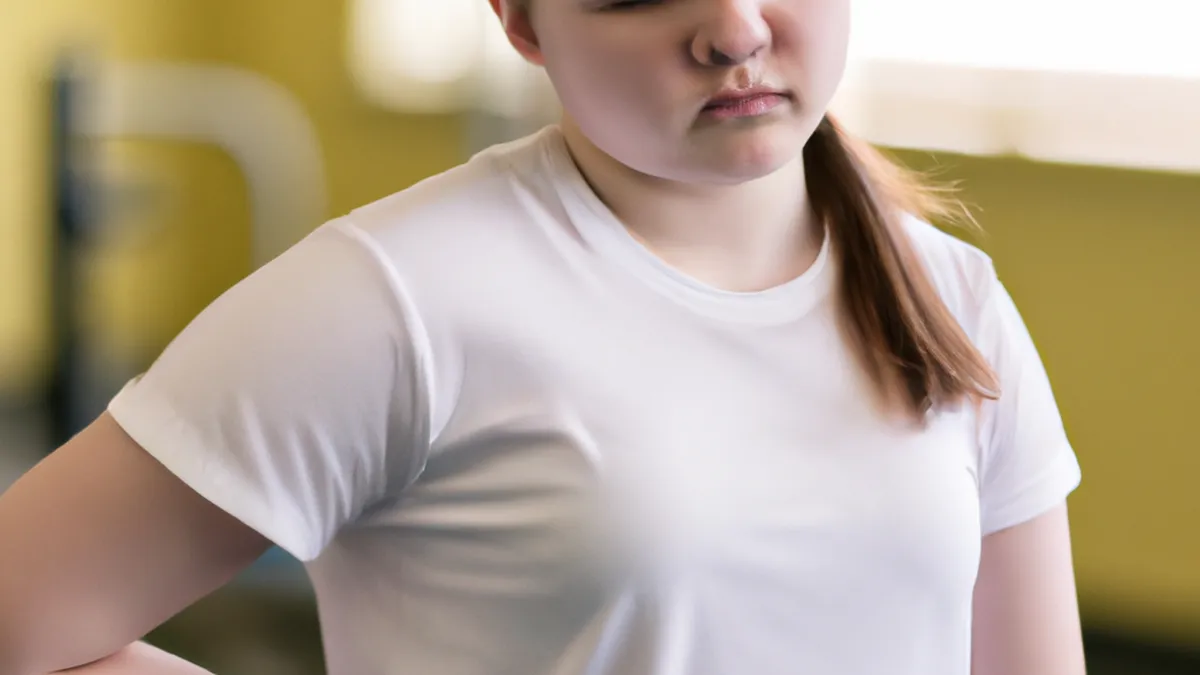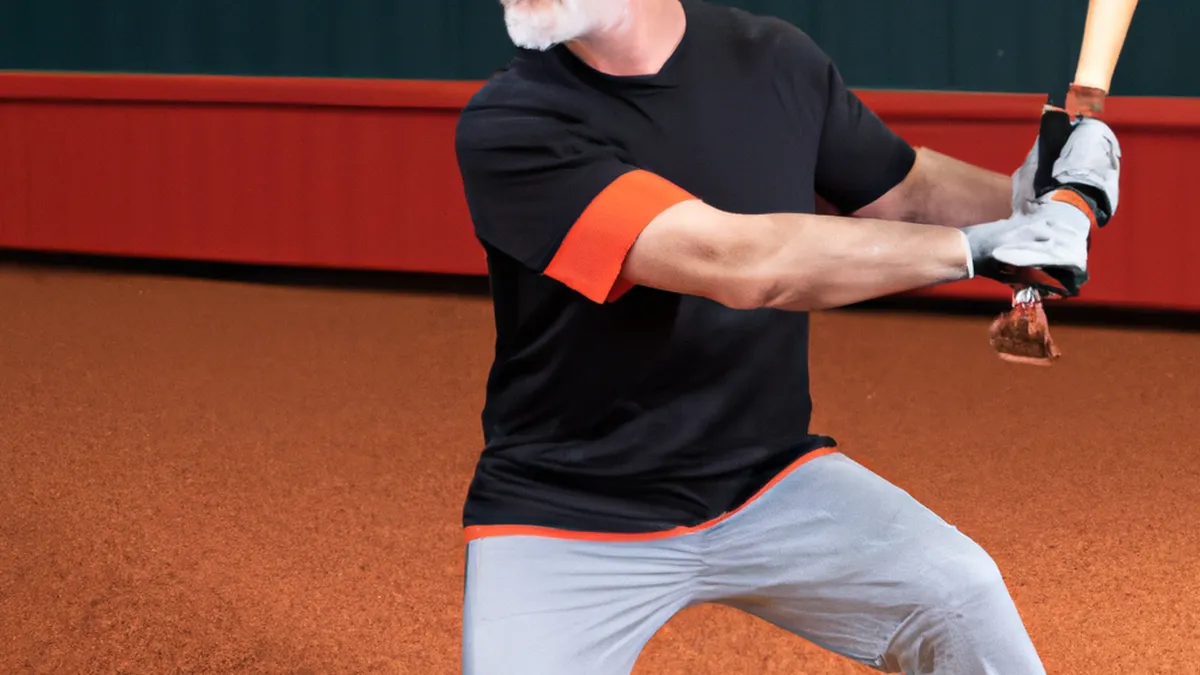Injury Prevention in Return-to-Play Plans
Safe Return-to-Play Protocols: Ensuring Athlete Well-BeingAthletes face critical challenges when returning to play after injury or illness. This phase requires physical, mental, and emotional readiness. Safe return-to-play protocols protect athletes and help them resume activities without risking health. This blog post explores essential tips, expert advice, and the benefits of implementing these protocols effectively.
Understanding the Importance of Protocols
Safe return-to-play protocols protect athletes and prevent re-injury. They also support mental preparedness. Athletes encounter various physical demands, and returning too soon can lead to setbacks. These setbacks can harm physical health and have long-term psychological effects.In recent years, sports organizations have focused more on athlete safety. They recognize the need for a structured approach to ensure athletes are ready to compete at their best. This emphasis maintains sports integrity and prioritizes athlete welfare, highlighting health over competition.
Key Tips for Implementing Safe Return-to-Play Protocols
As an Amazon Associate I earn from qualifying purchases.
Gear tip: consider light resistance bands, ankle weights, and supportive leggings to support this topic.
1. **Consult with Healthcare Professionals** Consult qualified healthcare professionals before returning to play. Physicians, physical therapists, and sports medicine specialists can accurately assess the athlete’s condition. Obtain a physician’s clearance before resuming activities. These professionals provide tailored recommendations based on the athlete’s specific situation.2. **Follow a Gradual Return Plan** Implement a phased approach for returning to play. Athletes should start with light activity and gradually increase intensity. For example, an athlete with a lower-body injury might begin with mobility exercises, progress to light jogging, and advance to sport-specific drills. This method reduces re-injury risk and helps athletes regain confidence.3. **Monitor Physical and Mental Readiness** Assess both physical and mental states for a successful return. Athletes should self-evaluate their readiness and communicate openly with coaches and trainers. Factors like anxiety or fear of re-injury can impact performance. Athletes should feel empowered to discuss doubts, as mental readiness is crucial in competitive sports.4. **Utilize Sport-Specific Protocols** Customize return-to-play protocols based on each sport’s unique demands. For instance, a soccer player may focus on agility drills, while a swimmer emphasizes range of motion. Tailoring protocols ensures athletes meet necessary performance standards before competition.5. **Incorporate Functional Testing** Functional testing provides objective data about an athlete’s readiness to return.
Conclusion
Implementing safe return-to-play protocols ensures athletes recover fully before returning to competition. Prioritizing health enhances performance and athlete well-being.
Below are related products based on this post:
FAQ
Why are safe return-to-play protocols important?
Safe return-to-play protocols are essential because they protect athletes from re-injury and support their mental preparedness. A structured approach helps ensure that athletes are physically and emotionally ready to compete, which is crucial for their health and performance.
What should athletes do before returning to play?
Athletes should consult qualified healthcare professionals to assess their condition and obtain a physician’s clearance. This step ensures that they receive tailored recommendations based on their specific situation, which is vital for a safe return.
How can athletes monitor their readiness to return?
Athletes can monitor their readiness by self-evaluating their physical and mental states and communicating openly with coaches and trainers. It is important for them to address any anxiety or fear of re-injury, as mental readiness plays a crucial role in their performance.















Post Comment